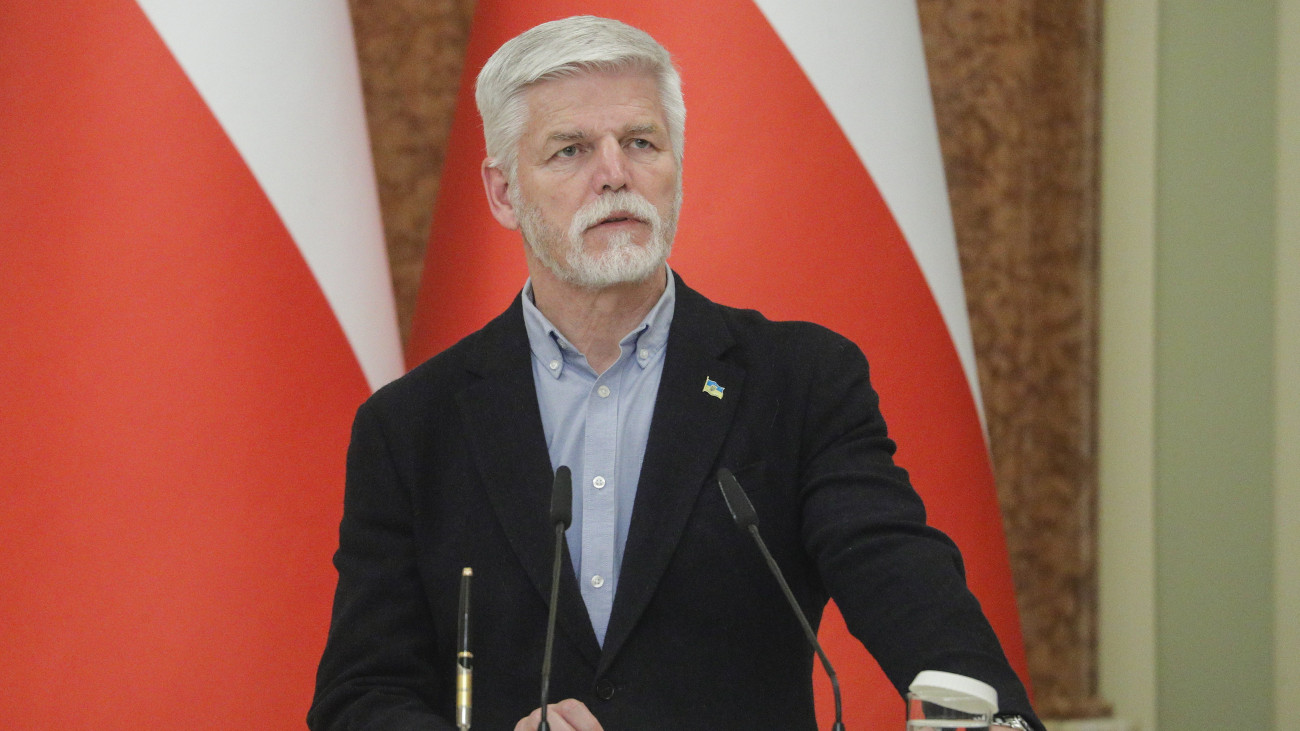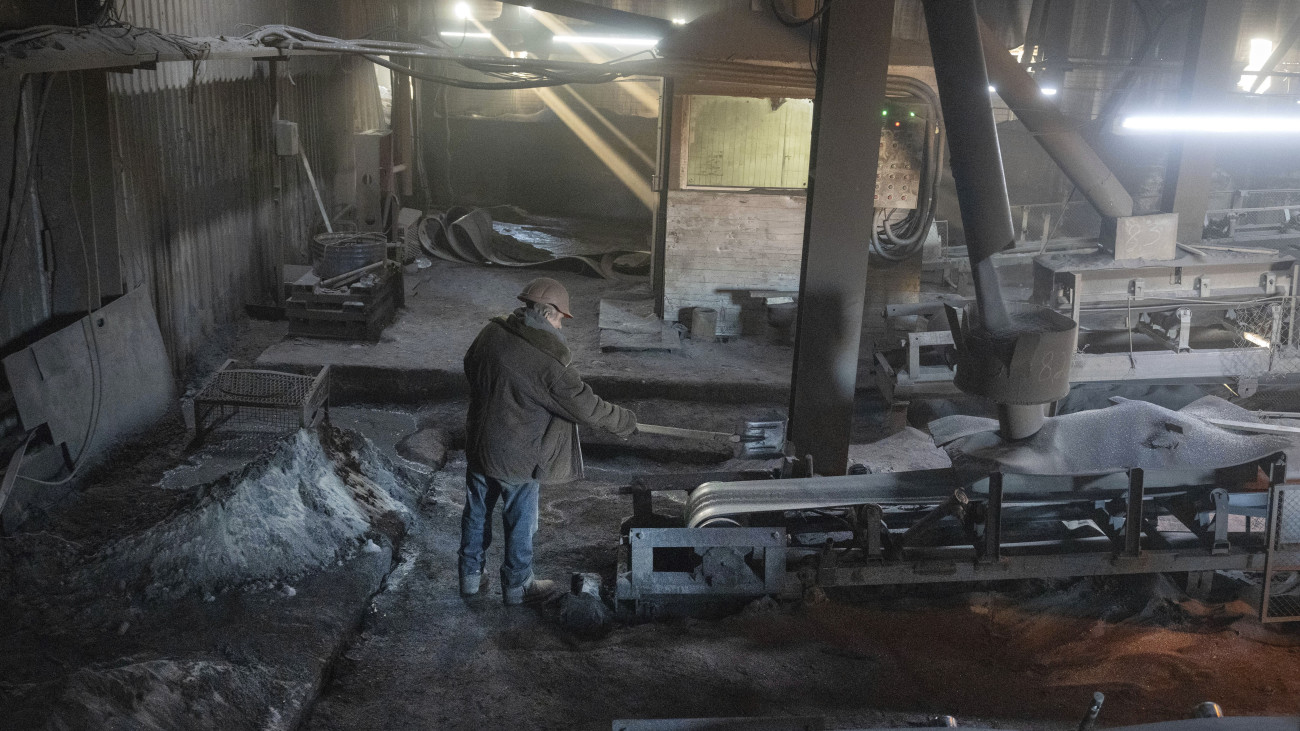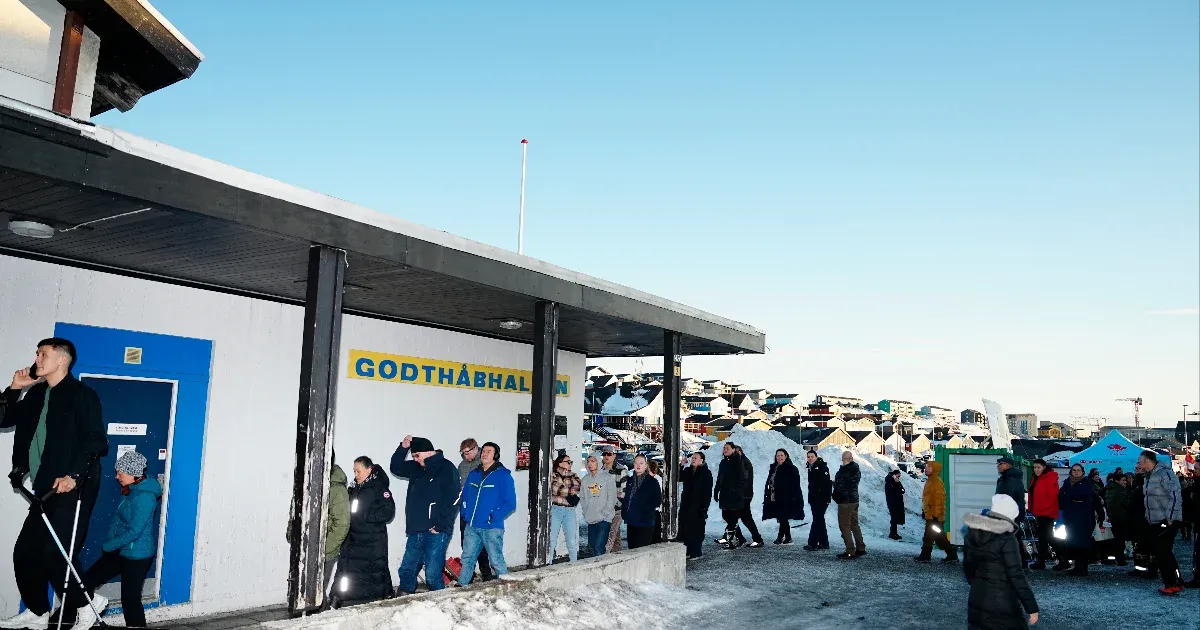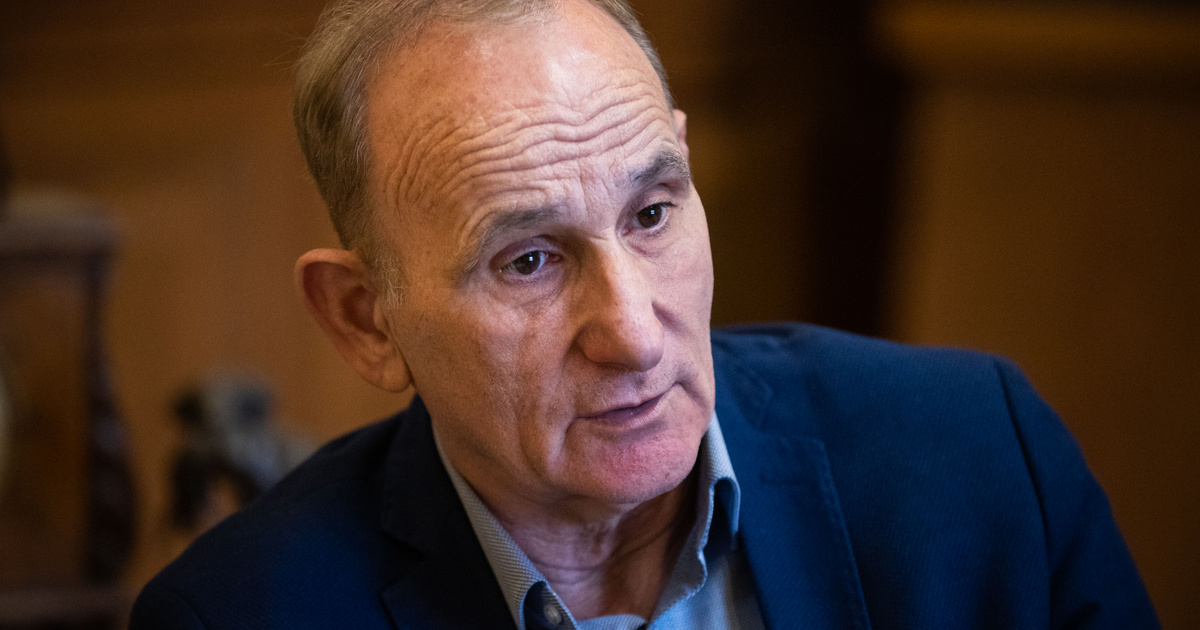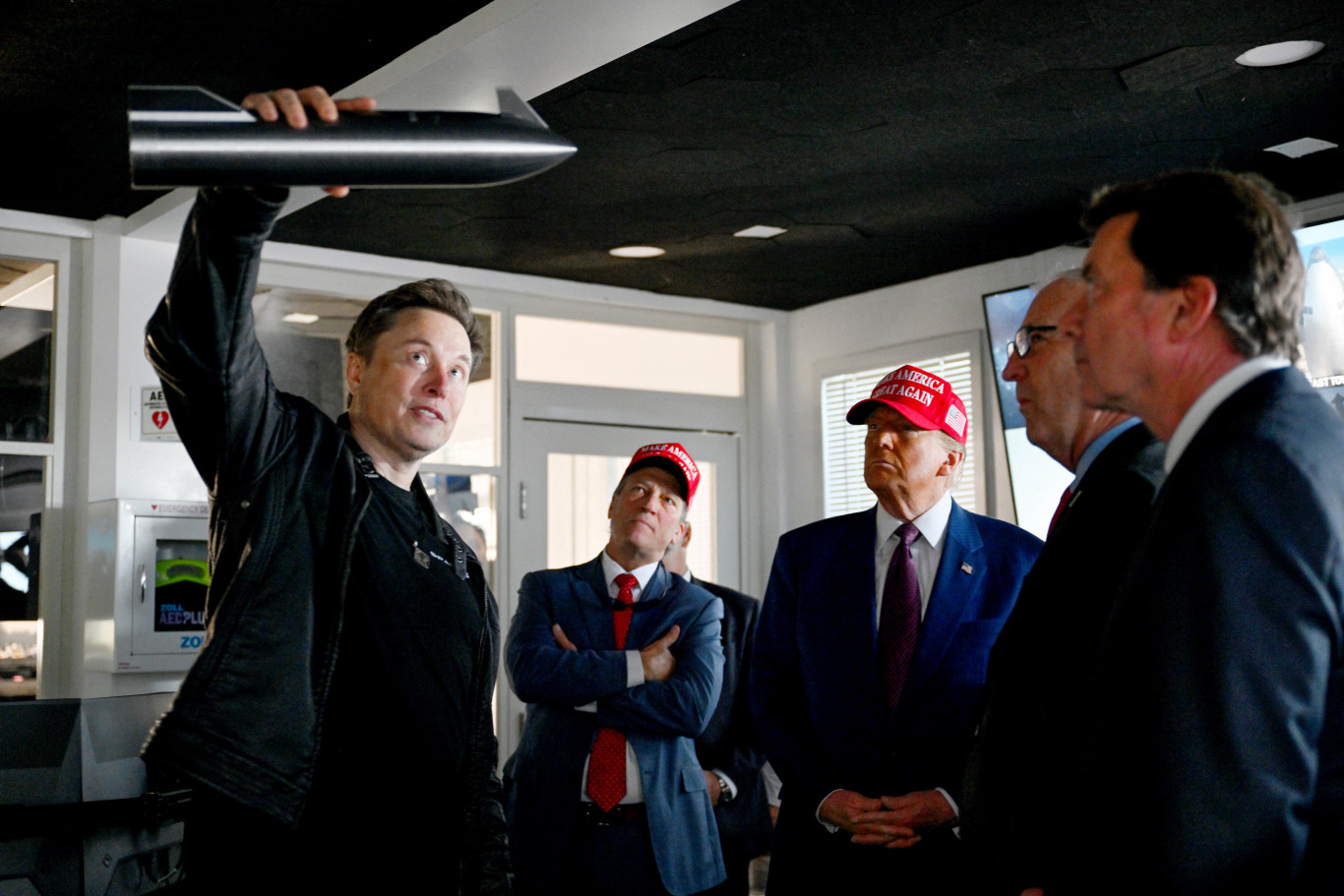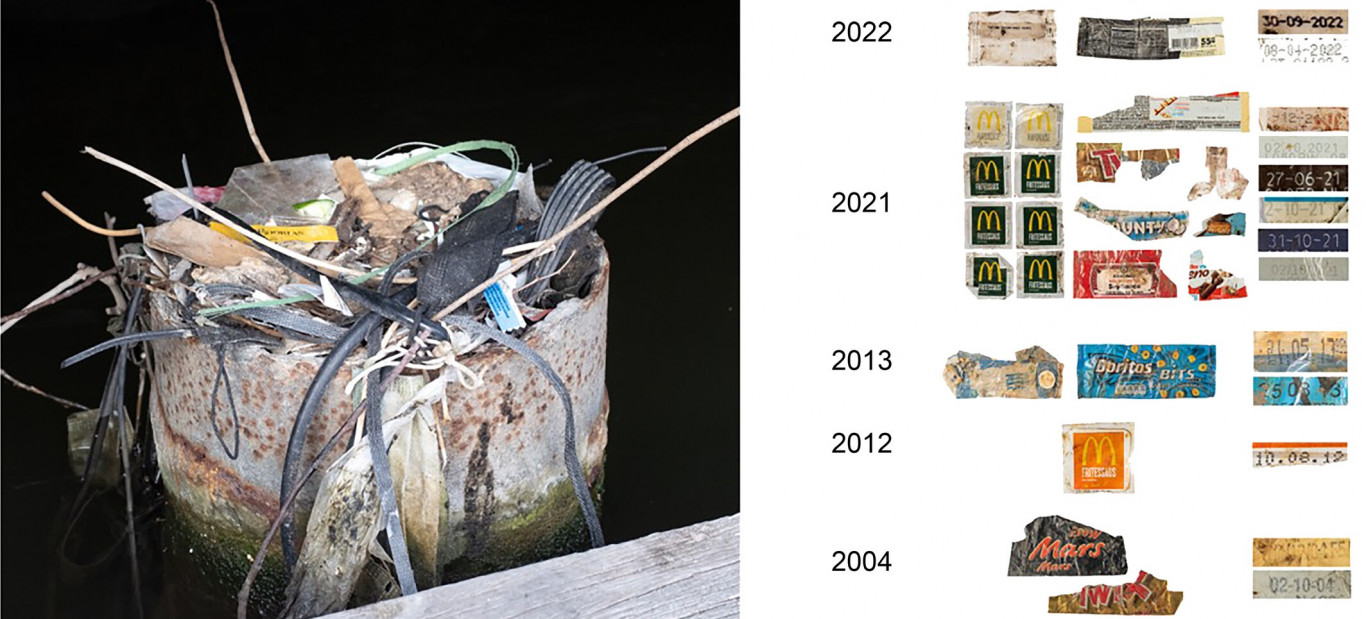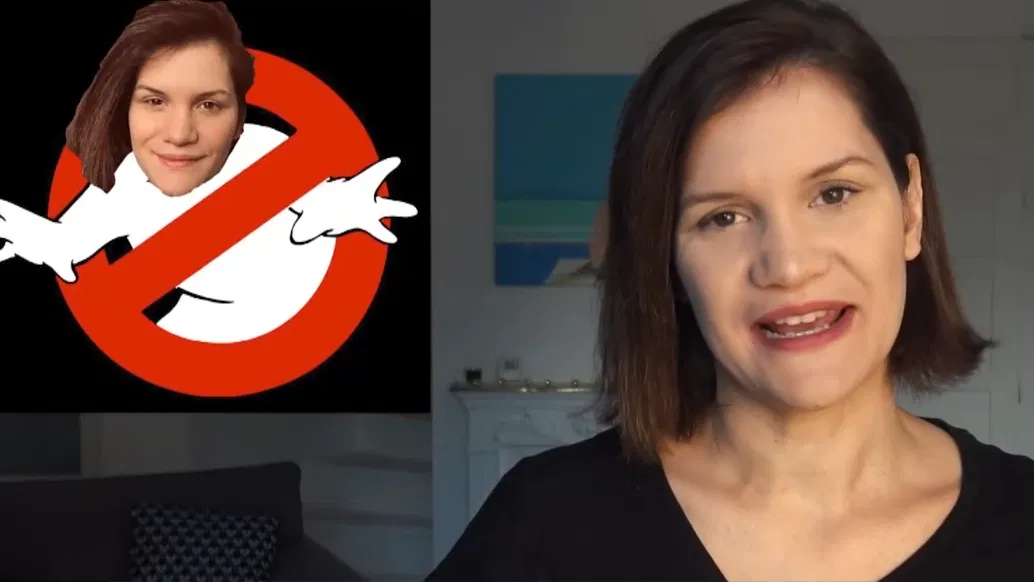The Fed’s main task is to narrow the gap between the demand for labor and the actual supply of labor so that wages increase in line with the 2% inflation target. To do this, the demand for labor must fall, while the central bank must also ensure that unemployment does not rise sharply, said Jan Hatzius, the bank’s chief economist.
An “easy landing” will be very difficult, as historical data indicates that a sharp decline in the gap between labor demand and the actual labor force has always been accompanied by stagnation, the economist notes.
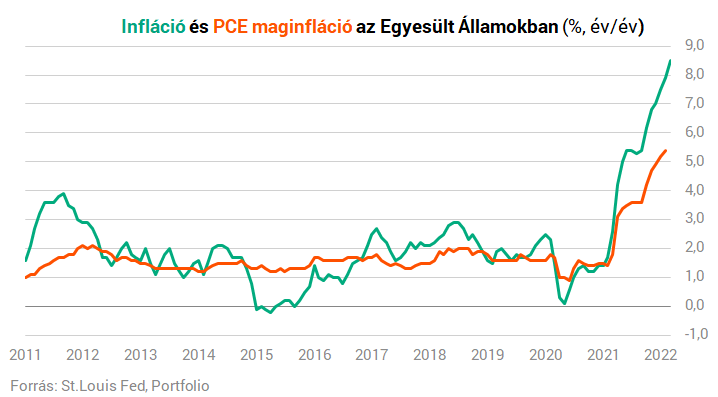
Hatzius says the 14 tightening cycles so far in the US have been recessions in 11 cases over the next two years, but only 8 of them may have at least something to do with the US Federal Reserve. And more recently, there have been more and more examples of “easy landing”, which means low inflation without problems in the real economy. Hatzius currently puts the probability of a recession at 15% over the next 12 months.
At the same time, according to Hatzius, recession is not inevitable, as there are already many international examples of a painless decline in inflation.
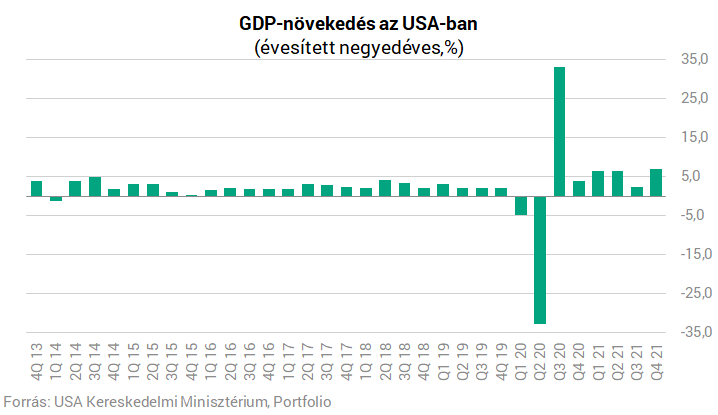
According to a Bloomberg survey in April, economists see the probability of a recession at 27.5%, up from 20% the previous month. Likewise, according to economists interviewed by Reuters, the chances of a recession are increasing in the US, and an inverse yield curve has emerged that has always accurately predicted deflation.
Cover Photo: Getty Images




